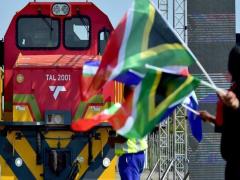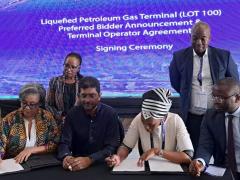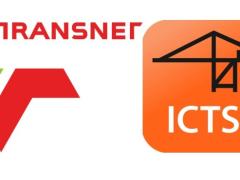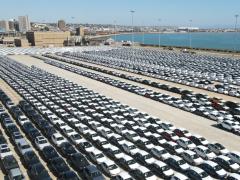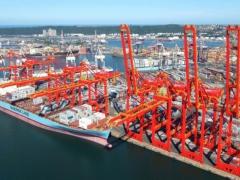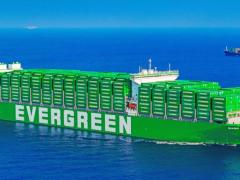A railway line that has been inactive for more than 18 years between Namibia’s southern-most Port of Lüderitz and the desert hamlet of Aus has been completely rebuilt to enable mostly bulk freight via existing infrastructure through Keetmanshoop going south into the Northern Cape.
In an exclusive interview with FTW, TransNamib CEO Johny Smith said the line comprised some 120 kilometres of brand new track and supporting infrastructure that cost about R8-10 million per kilometre. Refurbing and reconstruction where necessary of the TransOranje Corridor (TOC) has been on the cards for some
time but funding-related delays and a shifting of priorities at government level have consistently snagged upgrades to the line. In addition, environmental resistance from the community of Lüderitz has contributed to hold-ups experienced in increasing bulk carried to the port by rail. “But that has all been sorted out,” said Smith.
“Re-engaging our link from Lüderitz to mines in the Northern Cape was one of the growth areas we identified as part of our drive to turn Namibia into a logistics hub. “Recently the company involved with exporting manganese via Lüderitz also received the necessary clearance certification for exporting manganese, and with the infrastructure now in place to handle rail freight
on the TOC, we’re ready to commence with operations.” This would most likely happen within the next month, he added. From a regional point of view, Smith is also optimistic about the speed with which bulk flow will be able to pass between Upington and Keetmanshoop and that any further holdups will be minimised. He explained that Transnet Freight Rail (TFR) would be responsible for the heavyhaul leg up to South Africa’s Nakop-Ariamsvlei border with Namibia. “From there our locos will bring the load to port and we don’t expect any turn-around delays. Ariamsvlei has always been a smooth transit point with no efficiency issues.” Smith puts it down to a simple approach of working efficiently with what Namibia has. “We still have the same rolling stock but we’re moving more cargo.” Thanks to a committed drive to increase freight as part of a five-year growth strategy for its broader logistical development
plan, Namibia experienced an 8% spike in the first year of the plan – “the best in 10 years”, he said. “This year we’re aiming to push that figure to 18%.” Considering the proximity of Hotazel’s mines to Lüderitz, as well as existing border efficiencies at NakopAriamsvlei and growing demand for manganese as the electrical car market grows, Namibia appears to have perfectly timed revitalising the TOC. Of course it begs the question why South Africa would send its manganese out via a Namibia port when it has heavy-haul infrastructure in place, such as the Sishen to Saldanha line. But that line, apart from the proximity of Sishen’s iron ore mines to Hotazel, is over
capacitated and considering what TFR said at a recent one-on-one session with select members of the media, it’s going to take some time before the backlog is cleared. Once it is, surplus capacity will most likely be reserved for iron ore. Smith also emphasised that in the delicate balance between intra-regional competition and profit-sharing collaboration, the scales seems to be increasingly tipping in favour of cross-border linkages. Also, from a geo-strategic point of view it makes perfect sense to ship the Northern Cape’s manganese destined for European markets via the closest port – Lüderitz. Moreover, Smith said, “We have always pushed the regional perspective in terms of becoming a logistics hub for SADC. We’re on track with country-to-country collaboration at political level and have also pushed it into trade level.”
We simply have to move more cargo from road to rail. – Johny Smith

